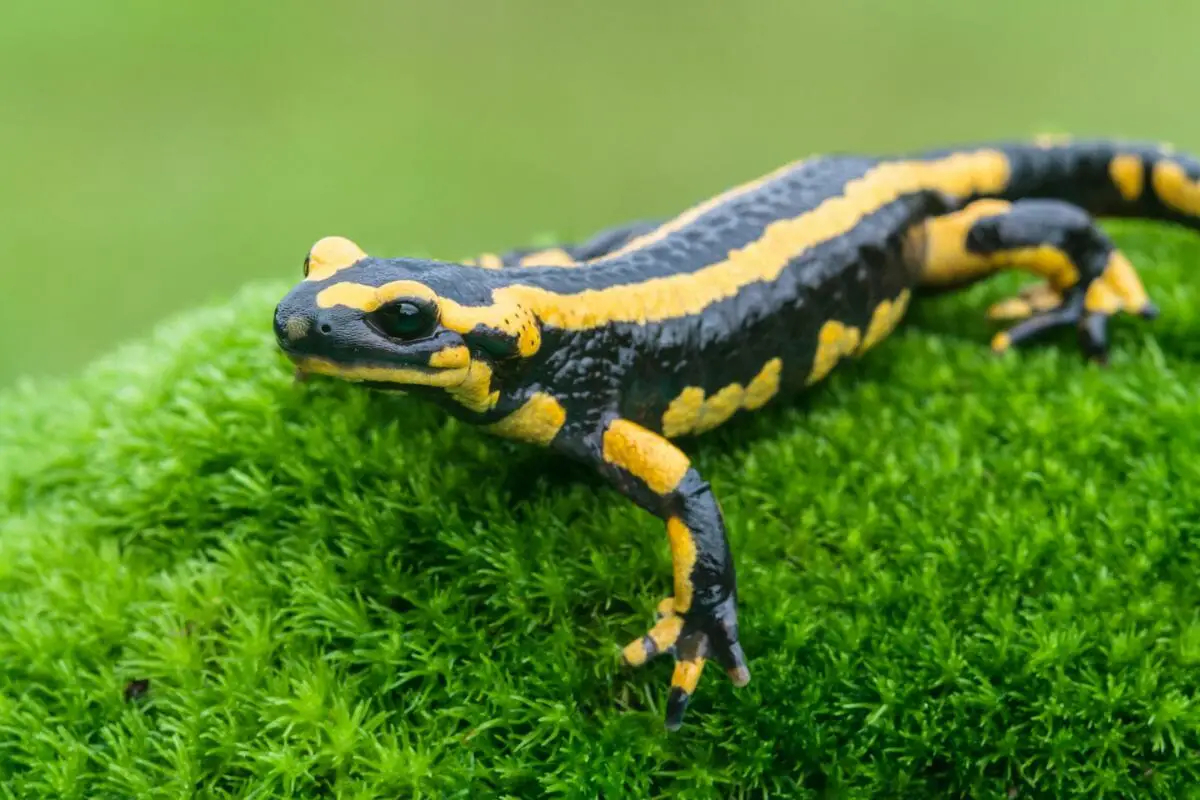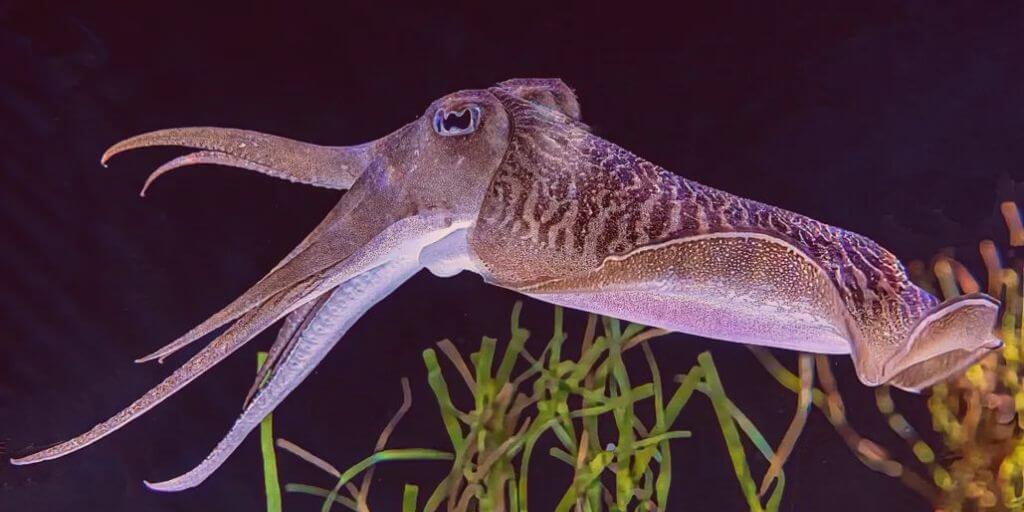Have you ever wondered how animals cope with being deaf? It’s easy to imagine the challenges humans face, but what about the animal kingdom? Whether it’s due to genetics, aging, or environmental factors, deafness in animals affects various species in unexpected ways. From domestic pets like dogs and cats to wild creatures like snakes and dolphins, many animals are born deaf or lose their hearing over time.
This condition raises critical survival questions. How do they hunt, avoid danger, or communicate with their kind? The absence of hearing can make life incredibly difficult, especially in the wild where every sense matters.
Did you know that snakes rely entirely on vibrations instead of hearing? Understanding how animals adapt to deafness can offer us fascinating insights. In this article, we’ll explore different species affected by deafness and uncover how they navigate their world despite this significant challenge.
Why Are Some Animals Deaf?

Animals can develop deafness for a variety of reasons, such as trauma and hereditary abnormalities. For instance, creatures with white furs are more likely to be deaf than those that have furs of other colors.
Another type of animal that has the highest chances of being deaf is that with blue eyes. That is because the gene that gives them that stunning eye color is connected to deafness.
Moreover, infections and toxins are also responsible for a large number of animals ending up deaf, or for their ancestors’ genetic material to be modified too.
7 Animals That Are Deaf
Salamanders
With their sharp snouts, slim bodies, tiny limbs, and extended tails, salamanders resemble lizards. These animals have a special ability that makes them able to regenerate (see also: Animals That Regenerate)damaged or missing parts of their body, just like lizards can.
These creatures are devoid of the eardrums, eustachian tubes, and middle ear cavities.
Nevertheless, they share the same opercular mechanism with frogs, which enables them to hear a sound in the atmosphere, particularly low-frequency waves between 500 and 600 Hz.
Moreover, according to scientists, their forelimbs can also catch these vibrations and then send them to their inner ears.
Squirrels
Squirrels are brought into the world with almost all sense perceptions poorly developed. As such, these animals are born naked, blind, and deaf.
However, from the moment they are born, they have all their vibrissae, which are their whiskers on the head, forearms, and stomach.
At first, their ear canals are tight, and the arms and fingers are inordinately big and long. Yet, one week from their birth, their first hair makes its appearance, and it is not before the end of the second week that they begin getting much fluffier.
Later on in life, they develop the rest of their senses too, but they are deaf for quite a long time before they actually develop that sense.
Naked Mole-Rats
Also called a sand puppy, a naked mole rat is a small indigenous Somalian and Horn of Africa creature.

It is the only thermoformed mammal in the world, which means that it can control its body temperature, even though it has nearly fully cold-blooded thermoregulation.
Furthermore, aside from Damaraland mole rats, it is the only known animal that demonstrates eusociality. These characteristics all contribute to its high adaptability and ability to endure hostile conditions.
However, because of its defective exterior hair cells, which are unable to magnify sounds, they have a weak ability to hear. According to research, solely low-frequency sound from 0.5 to 4 kHz is audible to this little animal.
Earless Seals
Earless seals are known as “genuine seals” or “crawling seals.”. Despite not having visible ears, they have excellent hearing.
Beneath the water, these animals can detect noises up to 60,000 hertz in frequency! On shore, though, their hearing is comparable to that of humans.
Spiders
A spider is an arthropod that has 8 legs, so someone might humorously call it an arthropod octopus.
Many people confuse spiders and think they are insects but unlike them, spiders lack antennas, which has helped science a lot with distinguishing them and classifying them.
What is more, before, researchers thought spiders could not also hear the sounds in the air. Nevertheless, it was eventually revealed that these deaf animals are actually able to hear low-frequency sounds by using the hair receptors they have on their legs.
Finally, another surprising fact is that certain spiders employ their webs as programmable hearing receptors, which allow them to hear.
Armadillos
Armadillos are approximately 30 inches in length together with their tail and feature a leathery armored shell. They are mammals that have a placenta and are classified as the Cingulata order.
The enormous armadillos, which may grow up to 59 inches in length, are the biggest ones, while the pink fairy armadillos, which are only 5 to 6 inches in length, are the tiniest.
Even though armadillos are not really thought to be entirely deaf, studies suggest that their hearing is essentially nonexistent. In addition, they have terrible vision.
So, how did they manage to survive for so many years? Well, they are great at running, with a speed that can even reach 30 miles an hour, something that has certainly helped them escape any predatory animals.
Additionally, they have great swimming abilities and are capable of walking underwater!
Finally, regardless of their Armadillos having poor vision and hearing, they have a high sense of smell and powerful claws for digging and hunting for food.
Cephalopods

Octopuses, squids, nautilus, and cuttlefish are members of the Cephalopoda class. Because of their distinct heads, set of limbs, and tentacles, as well as their bilateral anatomical similarity, cephalopods stand out from other animals.
Certain cephalopods can grow as big as 45 feet in length, while others are only 0.3 inches long!
These animals were once thought to be utterly deaf. Nevertheless, research has shown that certain cephalopods are capable of hearing low-frequency sound, and they manage to detect undersea sounds via their statocysts.
What is that? Statocysts are balancing sensory receptors that consist of a pouch-like structure that houses setae, nerve-active sensory hair, and statolith, a mineralized substance.
Although the statocysts are not principally used for listening, cephalopods employ them as a cochlear system.
Conclusion
we’ve explored how various animals cope with auditory limitations, whether they are born deaf or develop hearing loss due to genetics or other factors. From salamanders and squirrels to naked mole rats and spiders, each species has developed unique adaptations that allow them to survive despite their deafness.
We’ve seen how earless seals excel underwater and how spiders use their webs to enhance their hearing. Armadillos and cephalopods also exhibit fascinating traits that compensate for their limited auditory capabilities.
These animals remind us of nature’s remarkable resilience, showing that life finds a way, even in the face of significant sensory challenges.
FAQs
What kind of animal is commonly deaf?
White cats with blue eyes are commonly deaf due to a genetic link between the blue eye color and deafness.
Are there any animals with no hearing?
Salamanders do not have eardrums, eustachian tubes, or middle ear cavities, making them incapable of hearing like other animals.
Which animal has poor sense of hearing?
Armadillos have a notably poor sense of hearing, though not completely deaf, and they also have poor vision.
Do spiders have hearing?
Spiders can hear low-frequency sounds using the sensitive hair receptors on their legs, enabling them to detect vibrations in their environment.
Can insects hear sound?
Yes, many insects can hear sound. They use various body parts like antennae and wings to detect sound waves and vibrations, aiding in navigation and communication.
- What Should I Do If A Koala Bites Me? Safety Guide - 2024-05-30
- Are Kangaroos Born Without Hind Legs? A Fascinating Journey - 2024-05-30
- Animals That Look Like Squirrels - 2024-05-30








